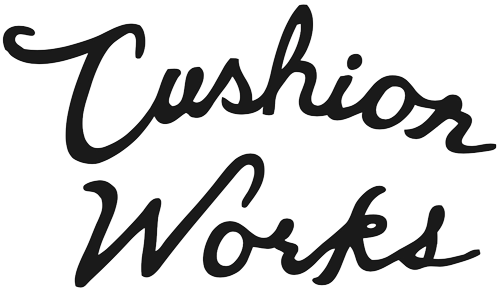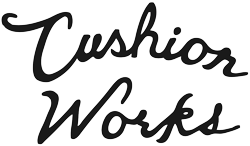This text was commissioned on the occasion of Mary Helena Clark’s exhibition Neighboring Animals, on view at Cushion Works from February through March of 2024.
Patricia L. Boyd lives and works in London. She has had solo exhibitions at Reena Spaulings Fine Art, New York (2023); Secession, Vienna (2022); Kunstverein München (2021); Front Desk Apparatus, New York (2020); Christian Andersen, Copenhagen (2019); Cell Project Space (with Rosa Aiello), London (2019); 80WSE, New York (2017); and Modern Art Oxford (2014), among other venues. Recent institutional group exhibitions include the 13th Taipei Biennial; Amant, New York; Kunstverein Braunschweig; Stadtgalerie Bern; Bonner Kunstverein; CCA Wattis Institute for Contemporary Arts, San Francisco; Steirischer Herbst, Graz; and the 13th Lyon Biennale.
◒ ◒ ◒


